From Silent Hill to Slitterhead: Keiichiro Toyama's Evolution in Horror Gaming
- Sep 23, 2024
- 0
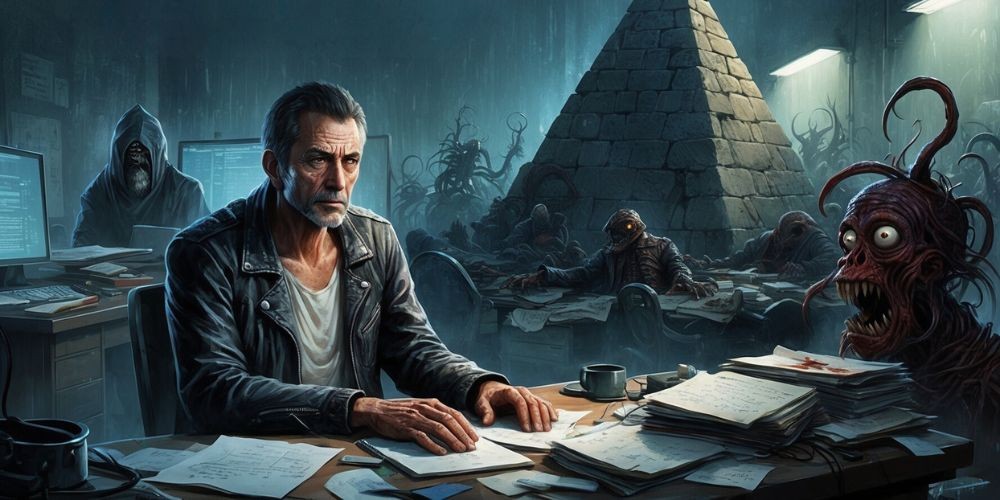
Keiichiro Toyama is a distinguished figure in the realm of video game development, especially renowned among horror game enthusiasts for his work as the director and writer of the inaugural Silent Hill title. However, his repertoire extends beyond this classic horror genre; Toyama also spearheaded the iconic Siren series and the critically acclaimed Gravity Rush franchise. As he embarks on his latest project, Slitterhead, Toyama revisits his roots while also embracing fresh gameplay mechanics that resonate with contemporary players. During Gamescom 2024, we had the privilege of engaging in a comprehensive dialogue with him concerning Slitterhead, its unique features, and his reflections on the revival of the Silent Hill series. Below, we offer a comprehensive recount of our enlightening discussion.
The Origin of Slitterhead
The title "Slitterhead" is not arbitrary; rather, it carries significant meaning for Toyama. He explained that the project represents a return to his creative origins. "I wanted to retain the SH initials—an homage to my past—as I collaborated with English-speaking team members to devise a fitting name," he noted. This insightful gesture pays tribute to his pioneering work while heralding a new adventure in gaming.
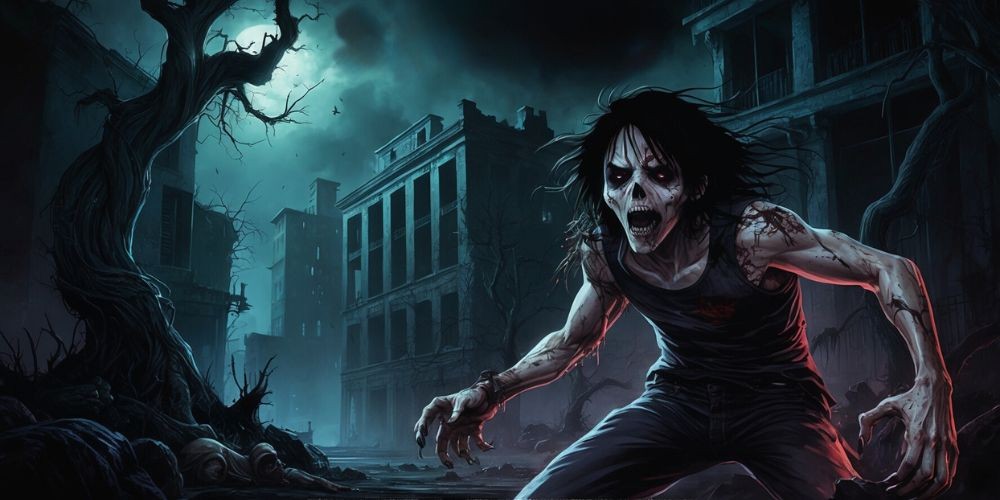
Innovation in Gameplay Mechanics
At the core of Slitterhead lie the possession mechanics, which evolve from those seen in Toyama’s earlier work, Siren. He described how players can experience a modern twist on the "sight jacking" mechanic from Siren, which allows players to see through the eyes of other characters. "In Slitterhead, we took it a step further," he stated, elaborating on how players gain not only visual access but also the ability to inhabit the bodies of non-player characters (NPCs). This development enriches player interaction within the game world.
Enhanced Combat Dynamics
Unlike traditional horror games, which often leave players feeling powerless, Slitterhead empowers players with deeper combat mechanics. Toyama emphasized the importance of catering to survival horror aficionados while innovating the experience. "The influence of Seinen manga was pivotal," he explained, highlighting its blend of action, horror, and dark themes, making it attractive to younger audiences and action game enthusiasts.
Maintaining Horror Atmosphere
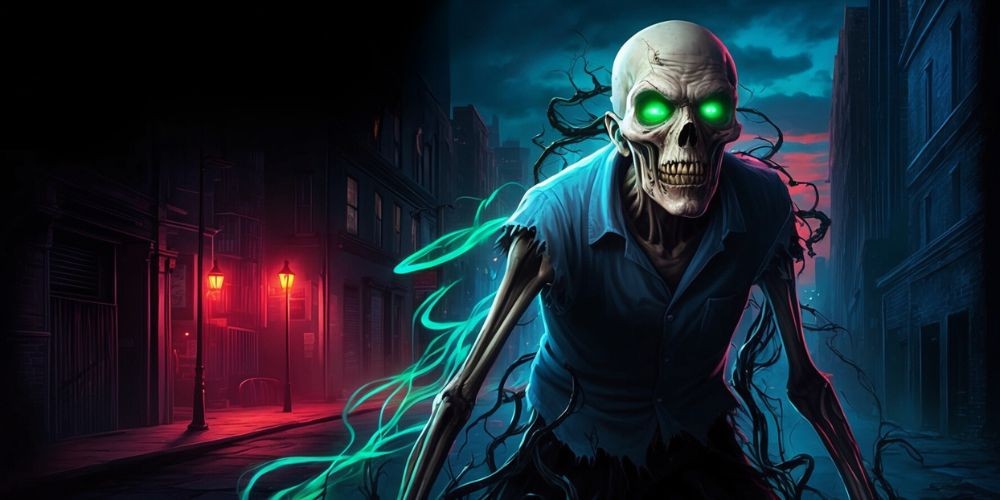
Despite the evolution toward more intense combat, the essence of horror remains intact. Toyama shared that this is achieved through compelling narrative elements that evoke a pervasive fear of the unknown. "The story is designed to engulf players in a sense of unease and tension," he added, ensuring that the heart of horror is never lost amidst the action.
Managing Multiple Characters
Slitterhead introduces a diverse cast of characters, each equipped with distinct abilities. Anticipating player confusion, Toyama's team focused on maintaining a consistent "rhythm" across different movesets to provide clarity and cohesion. He remarked on the painstaking effort taken to refine animations, underscoring their commitment to a seamless experience.
Journey Through Possession Mechanics
The game begins uniquely, with players first possessing a dog, an interesting choice that captures the player's attention. While Toyama admits that the dog is a fun aspect, he emphasizes that the primary focus remains on human characters. "The dog will return, but our primary design centers on human NPCs," he clarified.
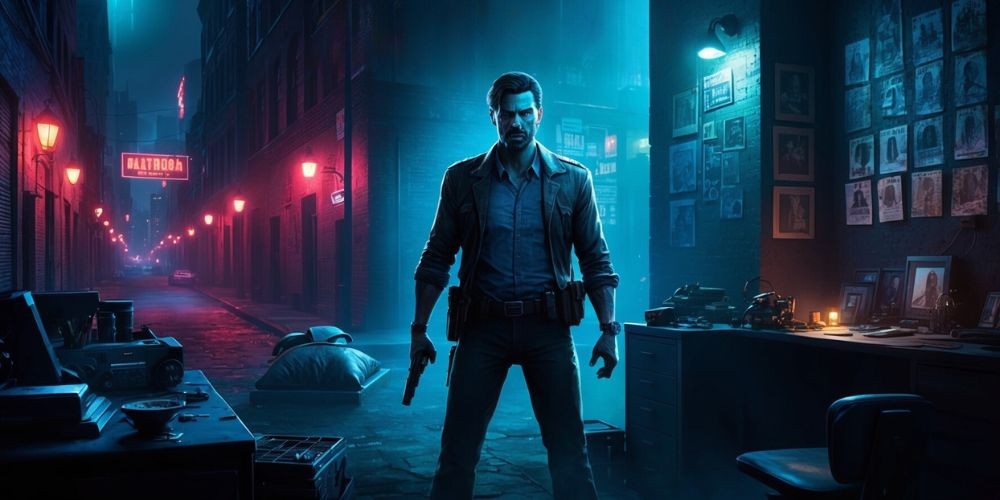
Variety in Possession
While the dog serves as an initial creative touch, Toyama assured players of the exciting variety to come. Players will unlock various possessions throughout Slitterhead, each boasting unique skill sets and combat moves. "Players will soon have the opportunity to select their possession rarity before embarking on missions, incorporating a strategic element into the gaming experience," he noted enthusiastically.
Difficulty Settings and Combat Challenges
To cater to diverse player skill levels, Slitterhead features multiple difficulty settings. Each tier not only modifies enemy parameters but also alters their behavioral patterns during encounters. Toyama humorously admitted that even he has yet to complete the game on its highest setting, Nightmare, which is designed to challenge even the most skilled players. Conversely, the Normal difficulty offers a more accessible experience, opening the door for casual gamers.
Cross-Generational Accessibility
One of the standout decisions Toyama's team made was to release Slitterhead on PlayStation 4, ensuring accessibility for a broader audience. "We aimed for widespread player engagement," he remarked, highlighting the importance of keeping system requirements manageable. This approach reflects a commitment to inclusivity as they introduce their fresh vision to both new and veteran gamers alike.
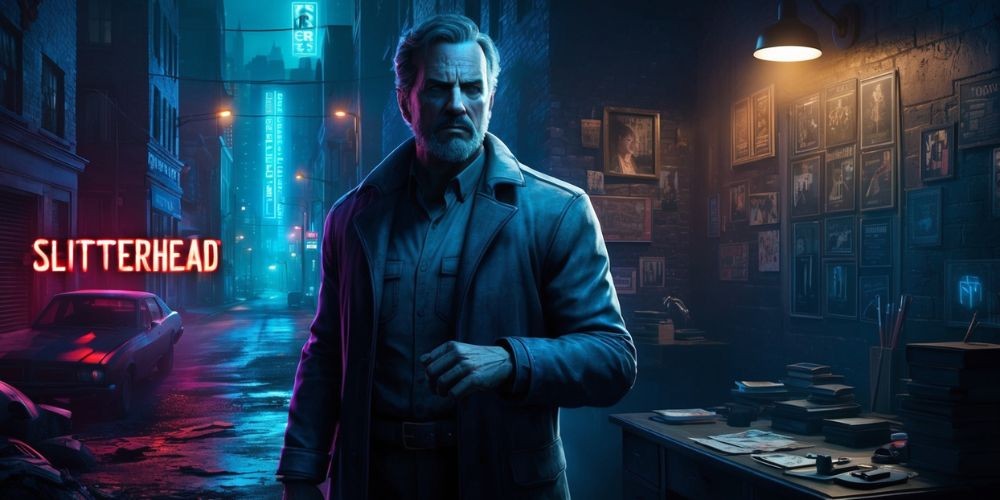
Collaborating with Akira Yamaoka
A key aspect of the game's atmosphere is its captivating soundtrack, crafted by the iconic Silent Hill composer, Akira Yamaoka. "We originally discussed collaborating for years, and transitioning to indie development made this partnership much easier," Toyama shared. Yamaoka's contribution has infused new life into Slitterhead, elevating its ambiance and enhancing player immersion.
Reflecting on Silent Hill's Legacy
As Silent Hill makes a long-awaited return with several new titles, Toyama expressed a mix of nostalgia and pride regarding the series he once directed. He recalled the humble beginnings of the original Silent Hill, noting how a small, young team exceeded expectations. "We were surprised at how the game resonated with audiences," he reflected, feeling grateful for the franchise’s enduring influence in the gaming world.
Lessons Learned in Development
Having played an instrumental role in the inception of Silent Hill, Toyama shared the valuable lessons he gained throughout that project's development. He acknowledged the significance of experimentation and the necessity of failing forward in the creative process, takeaway that continues to shape his current endeavors.
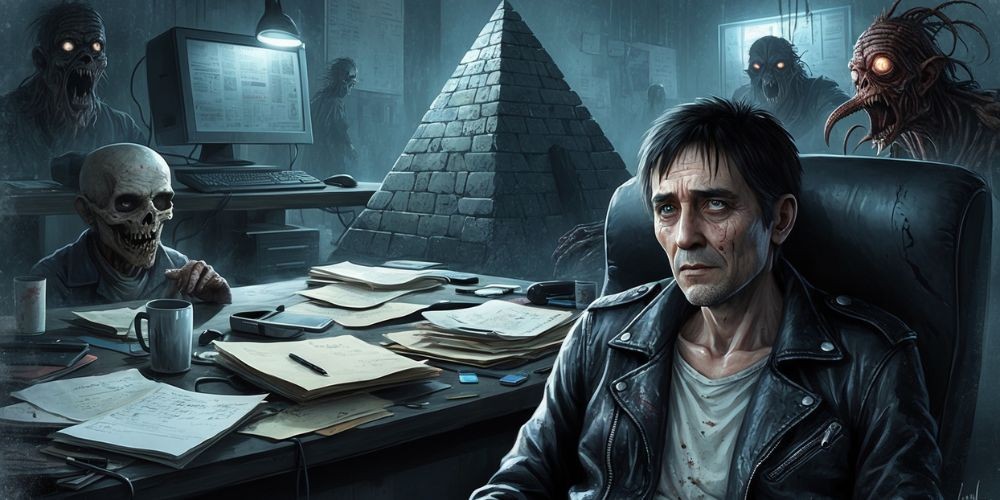
Fans’ Anticipation and Hopes
The upcoming launch of Slitterhead has sparked excitement among gaming enthusiasts who treasured Toyama's previous works. He expressed that the team is keenly aware of the anticipation surrounding their project. "We strive to honor our legacy while carving out new experiences," he stated, conveying his hope that fans will appreciate the innovative strides taken in this new title.
Future Directions for Bokeh Game Studio
As the first venture from Bokeh Game Studio, Slitterhead holds immense significance for Toyama and his team. Their aspirations extend beyond this single title, with larger plans for the studio’s future in the gaming landscape. "We are enthusiastic about expanding our creative horizons," he shared, hinting at potential projects that might continue to push boundaries.
Conclusion: A New Chapter in Gaming
As our conversation wound down, Toyama reflected on his remarkable journey from Silent Hill to Slitterhead, emphasizing the continuous evolution of horror gaming. "Every new project is a chance to explore uncharted waters and innovate," he concluded. With the merge of classic horror with modern gameplay mechanics, Slitterhead guarantees to deliver a significant and memorable experience for gamers of all backgrounds. As excitement builds for its release, Toyama’s legacy in gaming continues to thrive, marking yet another vital chapter in the annals of video game history.